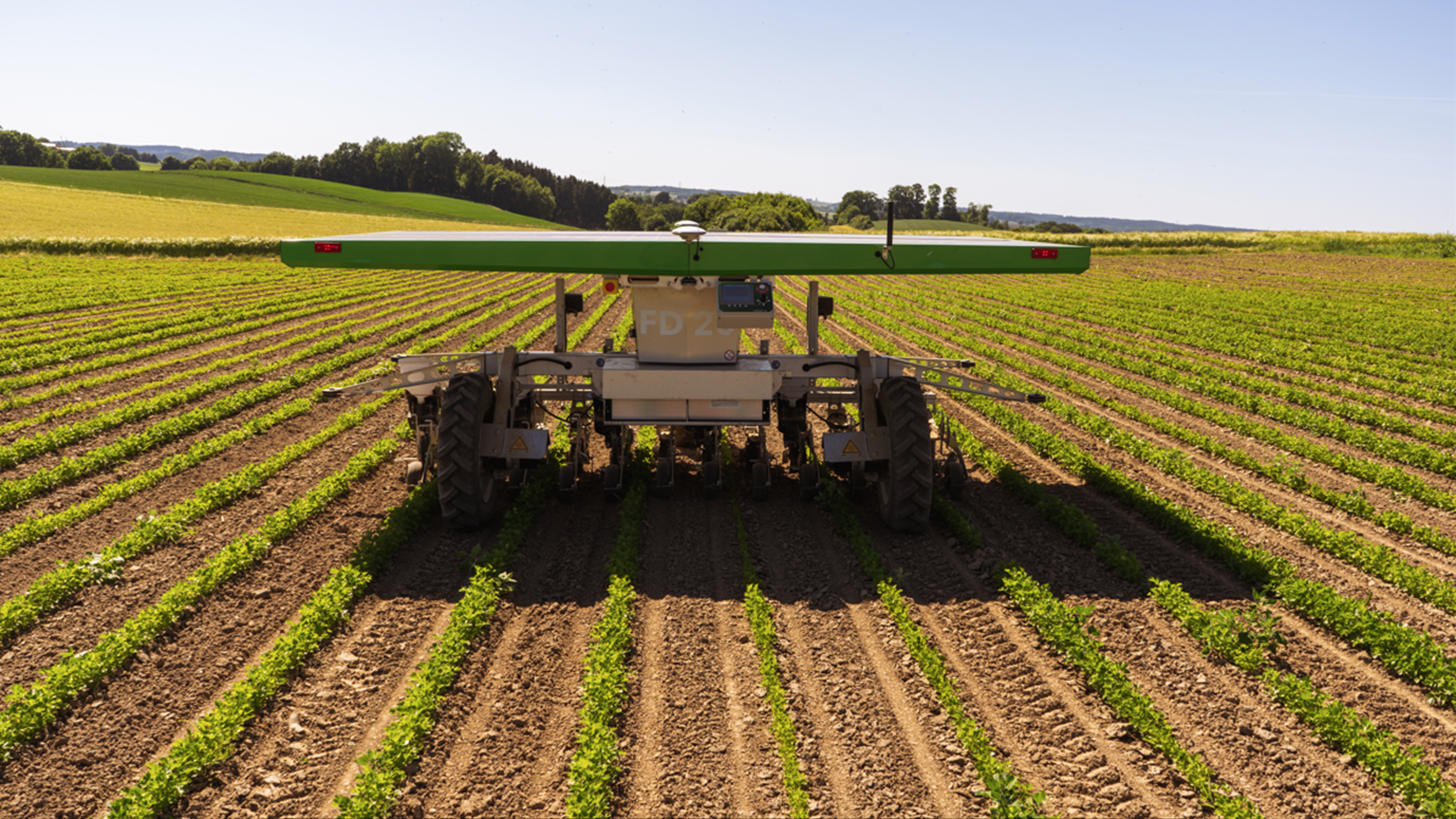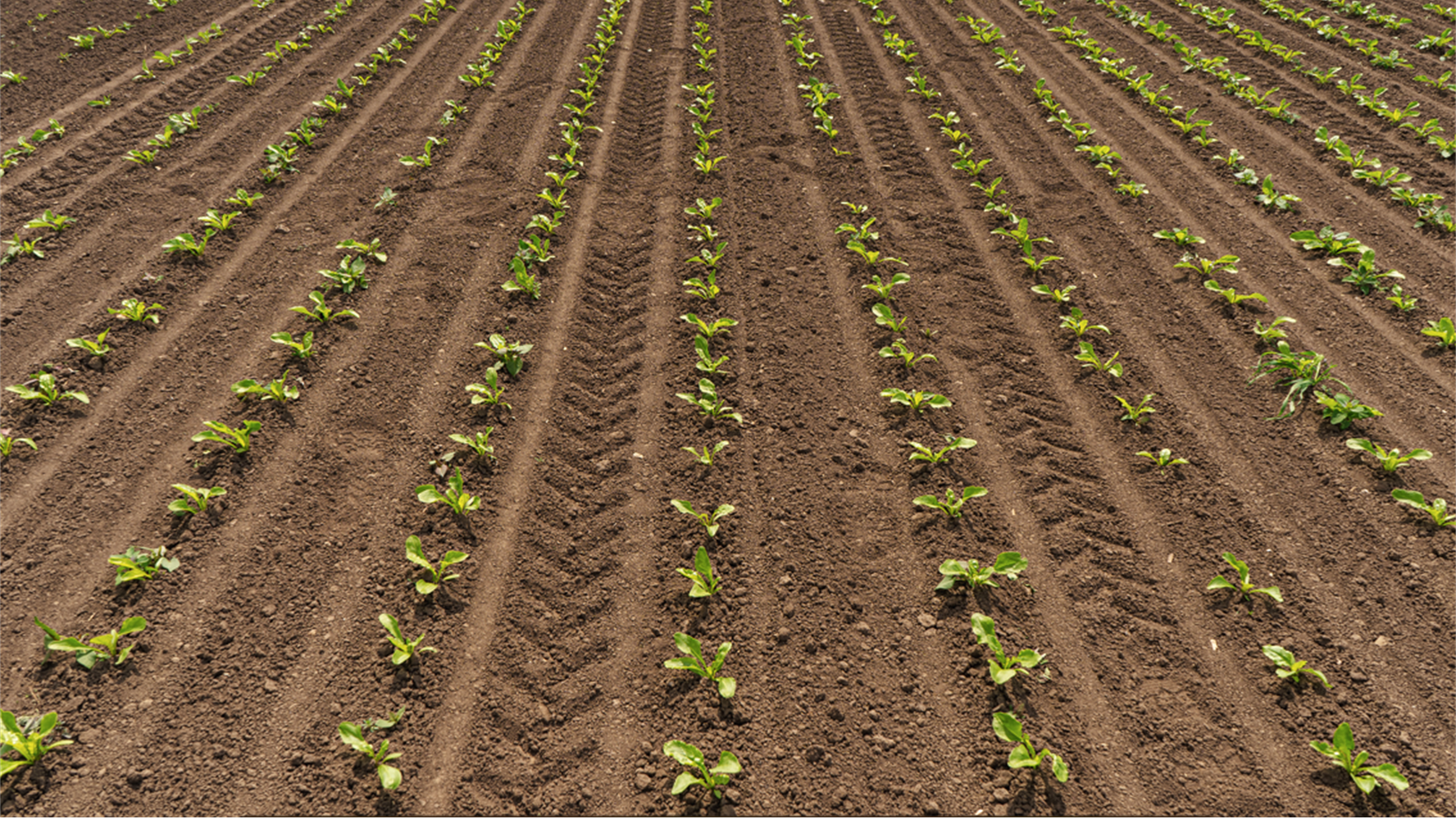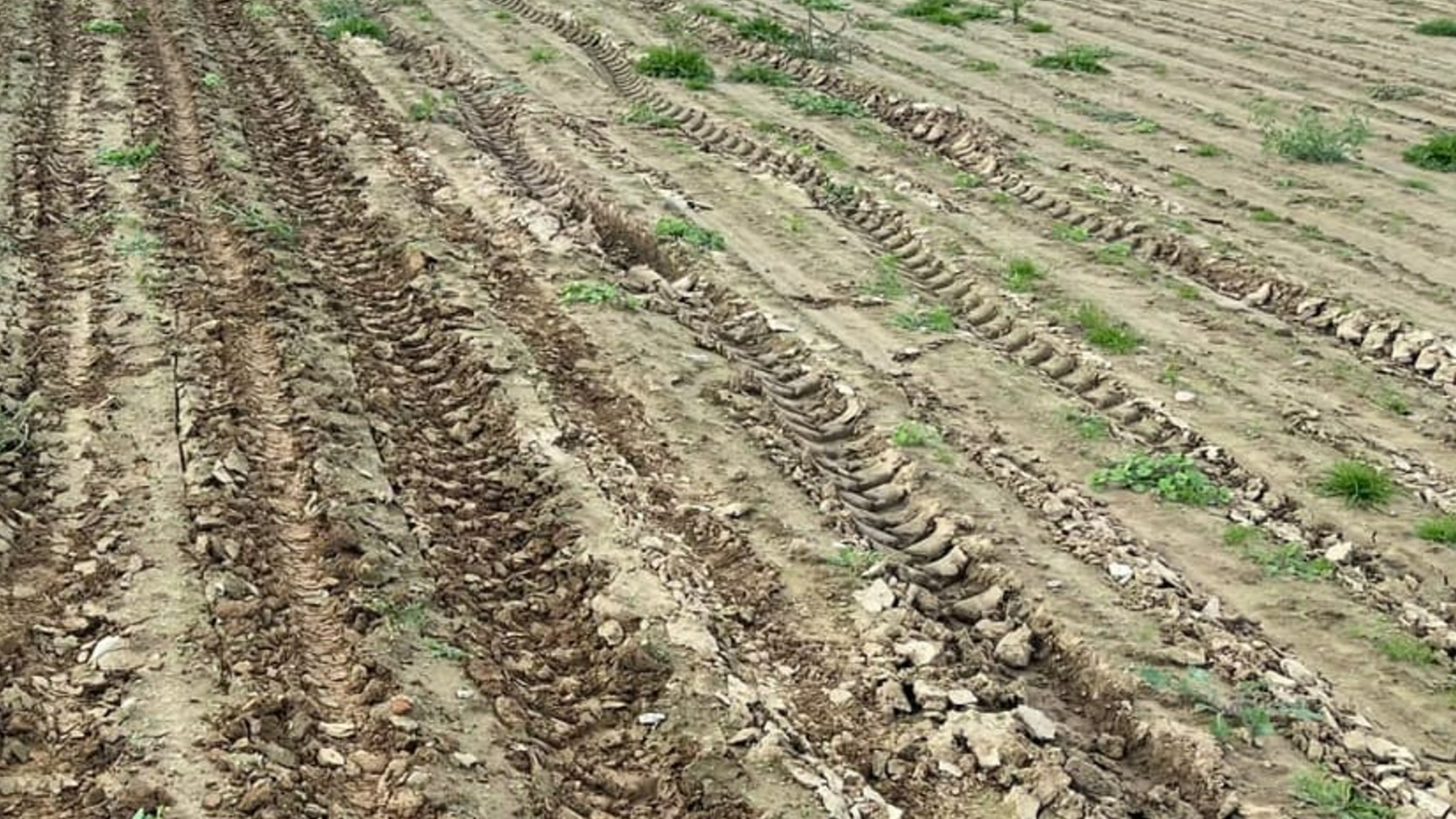Troubleshooting: improving traction
Identify traction issues in the field - causes and solutions - examples
To identify a problem with traction, you must spot in the field one or both of these occurences:
- "Broken" wheel tracks: caused by the tires rotating faster than the actual advancement of the robot. When the wheel spins, they break the top layer of the soil, instead of having the characteristic V shape print of the tire tread
- The tracks have a slight S-shape: caused by the robot drifting to the side when the wheels are spinning
TIPS AND TRICKS 😉👍
Good traction means a high seeding accuracy! Make sure to have a good traction whenever your robot operates in the field

CAUSES AND SOLUTIONS
Loss of traction can be caused both by the machine set-up reasons or environmental situation.
- Tires pressure too high - reduces the footprint of the tires and, therefore, decreases the grip.
- Solution: deflate the tires to 0.5-0.8 bars to increase the grip
- Solution: deflate the tires to 0.5-0.8 bars to increase the grip
- Hard and compact soil: the lugs of the tires does not sink into the soil and therefore the tyres are not able to transfer the torque of the motors to the ground.
- Solution: add weight on the back wheels (see link to guide) and check the pressure of the tires
- Solution: add weight on the back wheels (see link to guide) and check the pressure of the tires
- Wet soils: tires have no grip due to muddy conditions
- Solution: it is better to wait for the soil to gets drier. Working in wet soils will compromise the soil texture and reduce the yield
- Solution: it is better to wait for the soil to gets drier. Working in wet soils will compromise the soil texture and reduce the yield
- Bumpy areas in the field: bumps in the field may cause a temporary loss of traction, which would cause the robot to slightly move towards the side
- Solution: if possible, improve soil-preparation tillage before seeding
EXAMPLES
Optimal conditions
Even soil, good traction (you can spot the V shape of the thread), straight trailer tracks

Unoptimal conditions
Very uneven and clayey soil. There was loss of traction on the left side of the pictures. However, also on the right side, where traction was better, the soil was way too uneven to achieve good driving performances. As a result, the tracks of the trailers are not straight.

